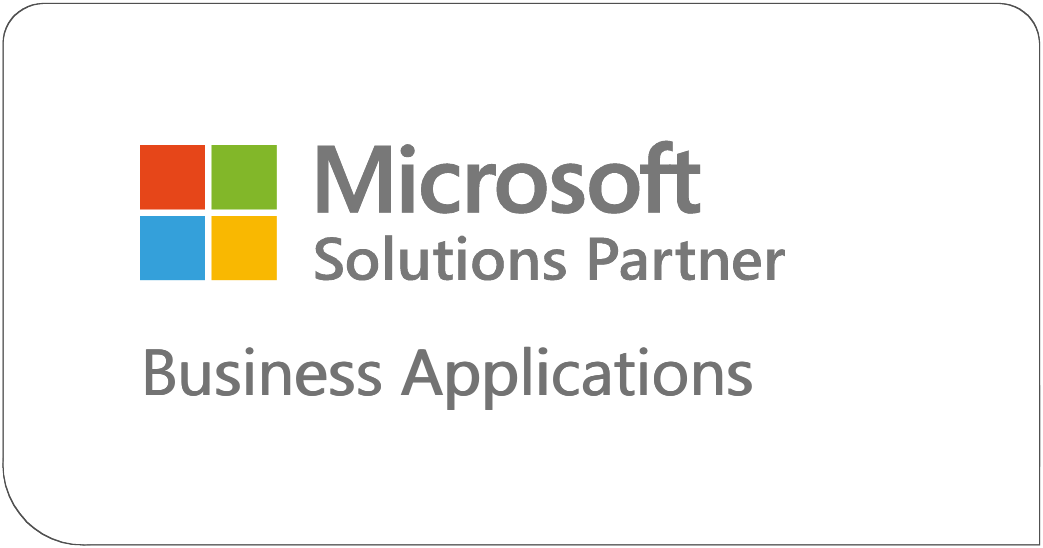| Zubair Khan
To connect to Azure Kubernetes Service (AKS) from the Azure Portal, first, navigate to your AKS resource. In the "Overview" tab, select the “Connect” option. You'll see the command to run in Azure CLI, which authenticates you to your AKS cluster. Make sure the Azure CLI is installed and authenticated to your account.

1. How to Check Application Permissions in Azure
To check application permissions in Azure, go to the Azure Active Directory (AAD) section in the portal. Select “Enterprise Applications,” then choose your app. Under “Permissions,” you’ll see the API permissions the app has and can review granted admin consent.
2. Does Microsoft Azure Have Cloud Vulnerability
Scanning?
Yes, Microsoft Azure offers cloud vulnerability scanning through Azure Security Center (now Microsoft Defender for Cloud). It includes continuous security assessment, vulnerability scanning, and real-time threat detection for Azure resources. It helps in identifying and mitigating vulnerabilities in your environment.
3. How to Join Personal Laptop to Azure
To join a personal laptop to Azure, go to Settings > Accounts > Access work or school on your Windows machine. Select “Connect” and enter your Azure AD credentials. This registers your laptop with Azure Active Directory, allowing for centralized management and access to organizational resources.
4. Can You Modify Base Code in Business Central on Azure?
Yes, you can modify the base code of Microsoft Dynamics 365 Business Central on Azure, but it's best done through extensions using the AL programming language. Direct modification of the base code is discouraged as it may affect future updates.
5. Can We Overwrite System Capabilities on Azure Agent?
You cannot directly overwrite system capabilities on Azure agents, such as those used in Azure DevOps. However, you can create custom capabilities by adding environment variables or modifying the agent’s pipeline configuration to adapt to your system’s needs.
6. How to Log in with Root in Azure CUPS GUI
Logging in as root in Azure CUPS (Common Unix Printing System) GUI isn't typically recommended due to security reasons. However, you can elevate privileges through sudo in the terminal and then access the CUPS settings. Always ensure that root access is used carefully.
7. How to Run Jupyter Notebook in Azure
To run a Jupyter Notebook in Azure, use Azure Machine Learning or Azure Notebooks. You can create a new notebook in Azure Machine Learning Studio or set up a VM (Virtual Machine) with Jupyter installed. This allows for cloud-based computation and sharing of notebooks.
8. What Is Azure Databricks? Step-by-Step
Azure Databricks is a collaborative platform for big data analytics and machine learning. Here's how to use it step-by-step:
- Go to Azure Portal and create an Azure Databricks workspace.
- Once deployed, navigate to the workspace and create a cluster.
- Upload or import data into Databricks.
- Open a notebook and run your Apache Spark-based workloads.
- Perform analytics or build machine learning models using Databricks Notebooks.
These are just a few of the many capabilities and common inquiries around Microsoft Azure. Each feature offers powerful tools to improve business efficiency and collaboration.

